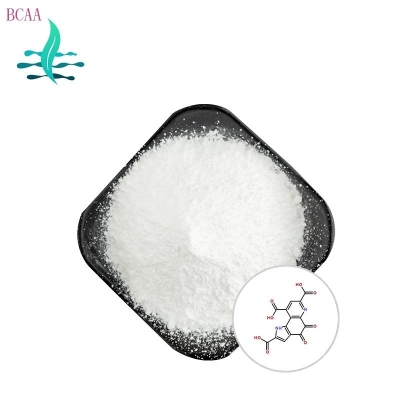-
Categories
-
Pharmaceutical Intermediates
-
Active Pharmaceutical Ingredients
-
Food Additives
- Industrial Coatings
- Agrochemicals
- Dyes and Pigments
- Surfactant
- Flavors and Fragrances
- Chemical Reagents
- Catalyst and Auxiliary
- Natural Products
- Inorganic Chemistry
-
Organic Chemistry
-
Biochemical Engineering
- Analytical Chemistry
-
Cosmetic Ingredient
- Water Treatment Chemical
-
Pharmaceutical Intermediates
Promotion
ECHEMI Mall
Wholesale
Weekly Price
Exhibition
News
-
Trade Service
Isoscaberine is a synthetic drug that is widely used in the treatment of drug addiction, alcoholism, and other forms of substance abuse.
It is a potent and selective antagonist of the mu-opioid receptor, which is involved in the modulation of reward, analgesia, and respiratory depression.
Isoscaberine has been found to have a low potential for abuse and a good safety profile, making it an attractive option for the treatment of substance use disorders.
The instruction of isoscaberine in the chemical industry involves several key steps, including its synthesis, purification, and formulation.
Isoscaberine can be synthesized through a variety of chemical routes, with the most common methods involving the elimination of a phenolic group from a precursor compound.
The synthesis of isoscaberine typically involves the use of specialized equipment and hazardous reagents, and must be carried out by trained professionals in a well-ventilated and well-equipped laboratory.
Once synthesized, isoscaberine is typically purified through a series of chromatographic techniques, such as high-pressure liquid chromatography (HPLC) or gas chromatography (GC).
These techniques involve the separation of the desired compound from other impurities through the use of a stationary phase and a mobile phase with varying properties.
The purity of the final product is typically determined by HPLC or GC analysis, with the desired purity level being determined by the manufacturer and the specific application of the drug.
After purification, isoscaberine is typically formulated into a dosage form suitable for administration to patients.
This may involve the use of excipients such as mannitol, lactose, or starch to provide a stable and consistent product.
The dosage form may also be formulated to provide a specific release profile, such as immediate-release or extended-release.
The final product is then tested for its physical and chemical properties, as well as its stability and efficacy, before being approved for use in patients.
In addition to its use in the treatment of substance use disorders, isoscaberine has also been studied for its potential in the treatment of other medical conditions, such as pain, cough, and nausea.
It has been found to have a low abuse potential and a good safety profile, making it an attractive option for the treatment of these conditions.
Overall, the instruction of isoscaberine in the chemical industry involves the synthesis, purification, and formulation of the drug, with the final product being tested for its physical and chemical properties and its efficacy before being approved for use in patients.
Isoscaberine has shown promise in the treatment of substance use disorders and other medical conditions, and its low abuse potential and good safety profile make it an attractive option for treatment.






